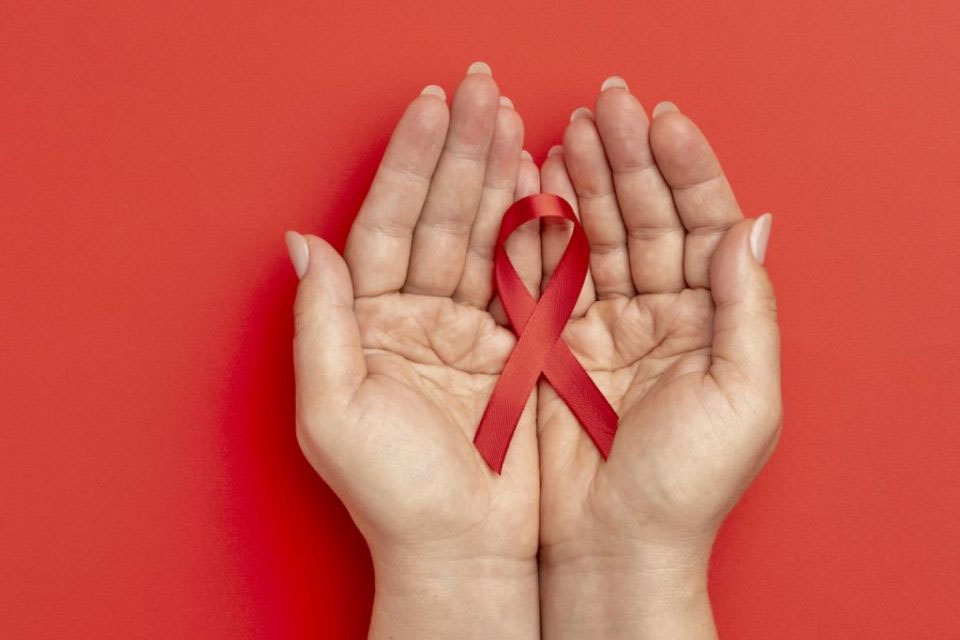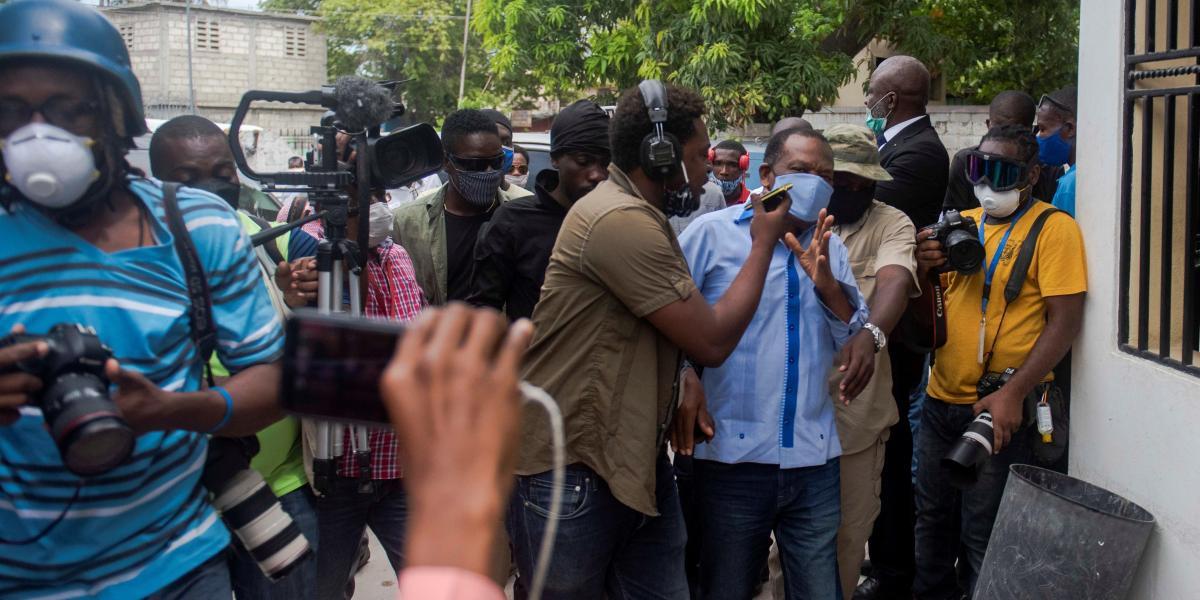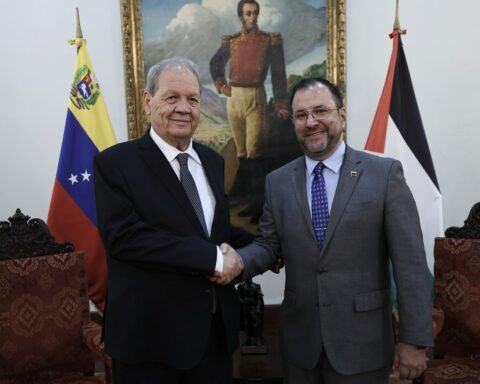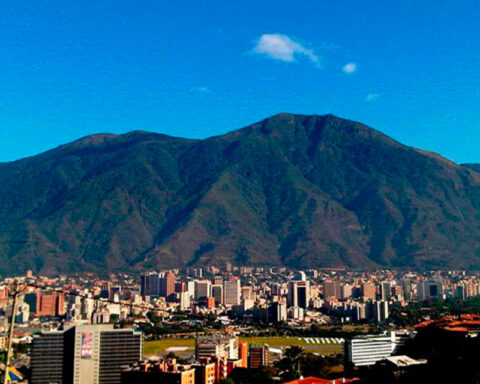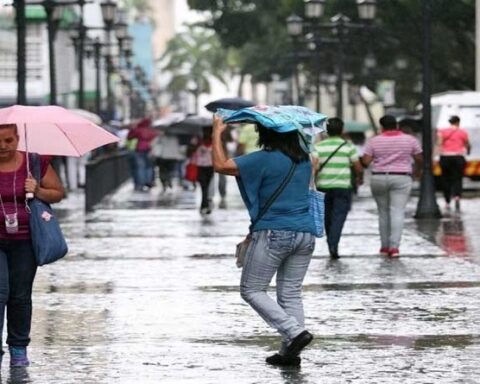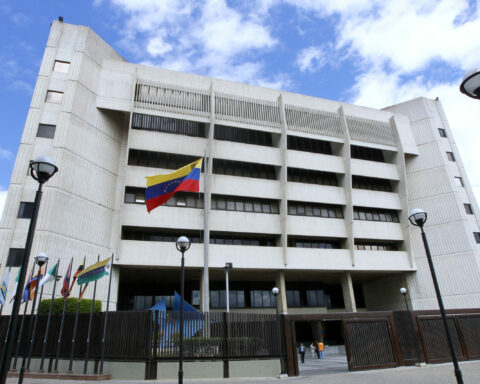According to UNAIDS it is possible to end HIV by 2030. This is reflected in the organization’s most recent report, which was replicated by Acción Solidaria on Thursday, July 13. Antiretroviral therapy increased its coverage from 233,000 people in 2019 to more than 2.5 million in 2022. 29.8 of the 39 million people living with HIV received antiretroviral treatment last year
The UN believes that it is possible to end HIV by 2030. This is reflected in the organization’s most recent report that was replicated by Solidarity action This Thursday, July 13.
Winnie Byanyima, executive director of the United Nations Agency for the fight against AIDS (UNAIDS), told a press conference that ending the epidemic is a “political and financial choice.” In this way, she referred to the examples of countries that lead and implement measures successfully to reduce the numbers of the disease.
“We need all the leaders to follow that path,” Byanyima said.
The UN report entitled “The path that puts an end to AIDS”, there are several data that Acción Solidaria considers encouraging. In this sense, they state that antiretroviral therapy increased its coverage from 233,000 people in 2019 to more than 2.5 million in 2022.
Thus, in the case of pregnant and lactating women, 82% of those living with HIV accessed treatment, the UN estimates, compared to 46% in 2010. According to projections, 29.8 of the 39 million people living with HIV received antiretroviral treatment in 2022.
It is highlighted that access to antiretroviral therapy, with which it is possible to control the replication of the virus and the progression of the disease, but not cure it, has expanded in Africa, Asia and the Pacific. On the other hand, according to the UNAIDS report, in 2022, the number of new HIV infections was the lowest in decades, with significant declines in heavily affected regions, such as eastern and southern Africa.
The report also estimates that approximately 30,000 to 40,000 Venezuelan migrants and displaced persons are living with HIV.
In the case of Venezuela, the report records that the region continues to experience a complex humanitarian emergency that has caused the exodus of more than 6 million Venezuelan migrants. An estimated 2 million people have fled due to worsening poverty.
In this sense, it is indicated that, Among migrant and displaced Venezuelans, there is a high level of HIV-related stigma, as well as fear of deportation and limited access to services, resulting in insufficient participation in HIV programs.
“Coverage gaps between migrants and the local population are exacerbated when health insurance systems in host countries do not give people access to health and laboratory services,” UNAIDS said.
On the other hand, it is indicated that the number of people receiving pre-exposure prophylaxis (PrEP) in Latin America has increased by more than 55% since 2021.
In the report “The path that puts an end to #AIDS” expresses that the efforts of #HIVPrevention they are giving results.
The number of people receiving pre-exposure prophylaxis (PrEP) in Latin America has increased by more than 55% since 2021.#UpdateAIDS2023 #FindelAids
– Solidarity Action (@AccionSolidaria) July 13, 2023
UNAIDS believes that there are several obstacles blocking the elimination of this threat to public health, such as laws that discriminate against populations at risk, but also the decrease in funding for the effective fight against the disease worldwide.
*Read Also: Detection and treatment of HIV and tuberculosis are deficient in Venezuela
Post Views: 286

